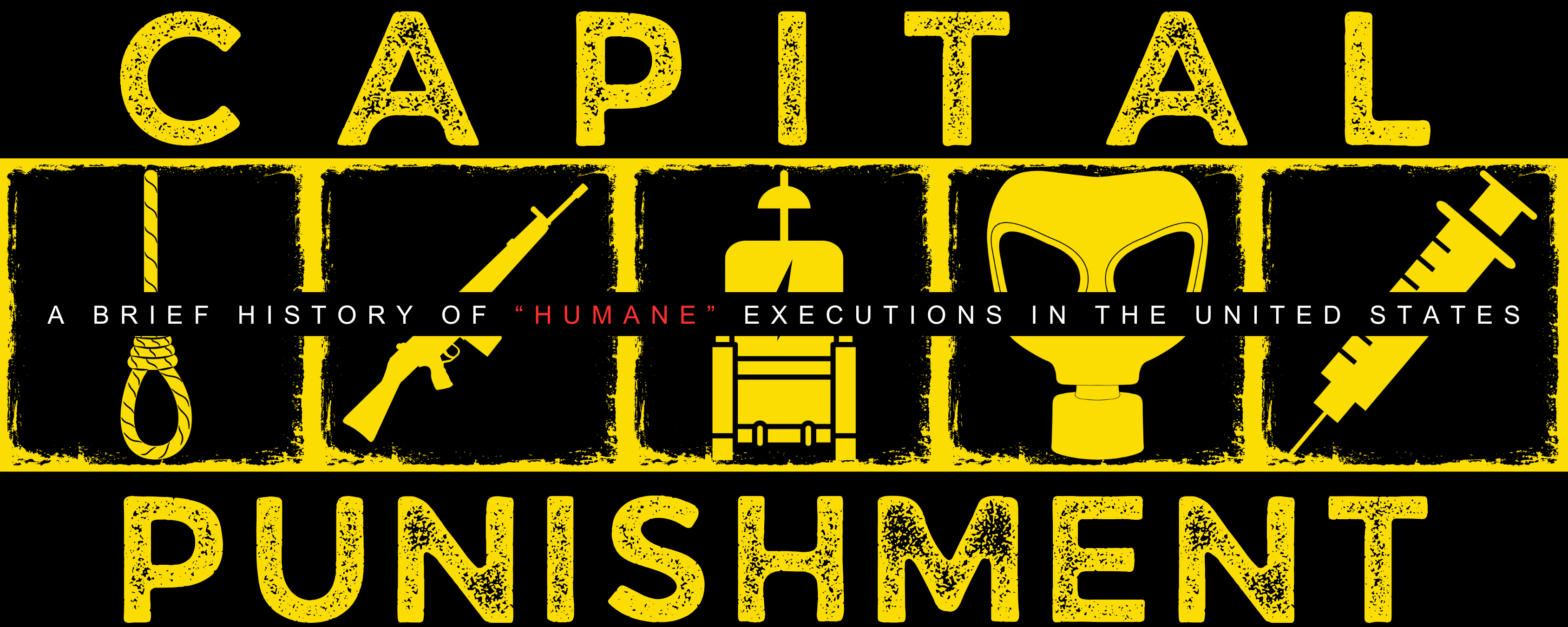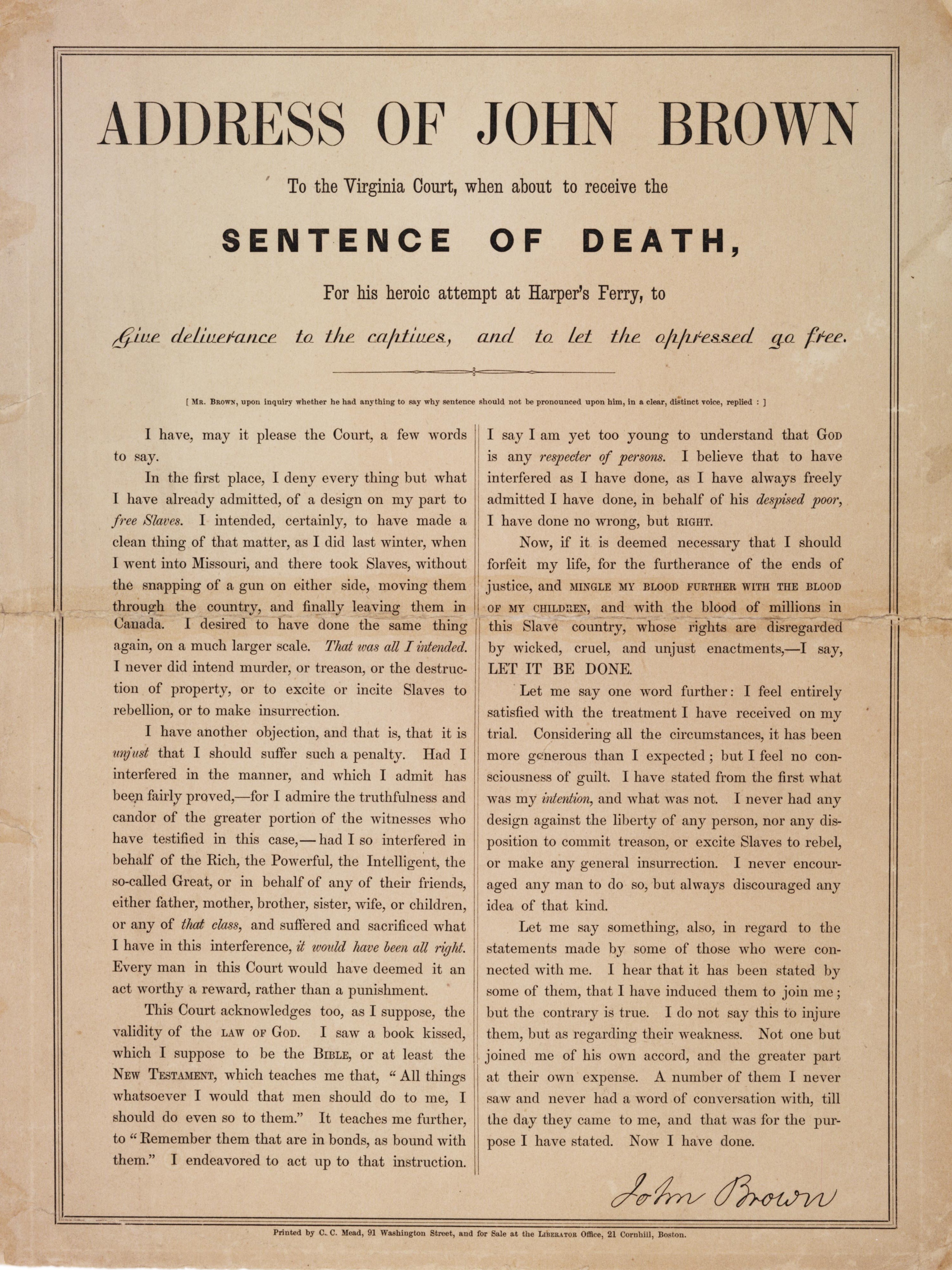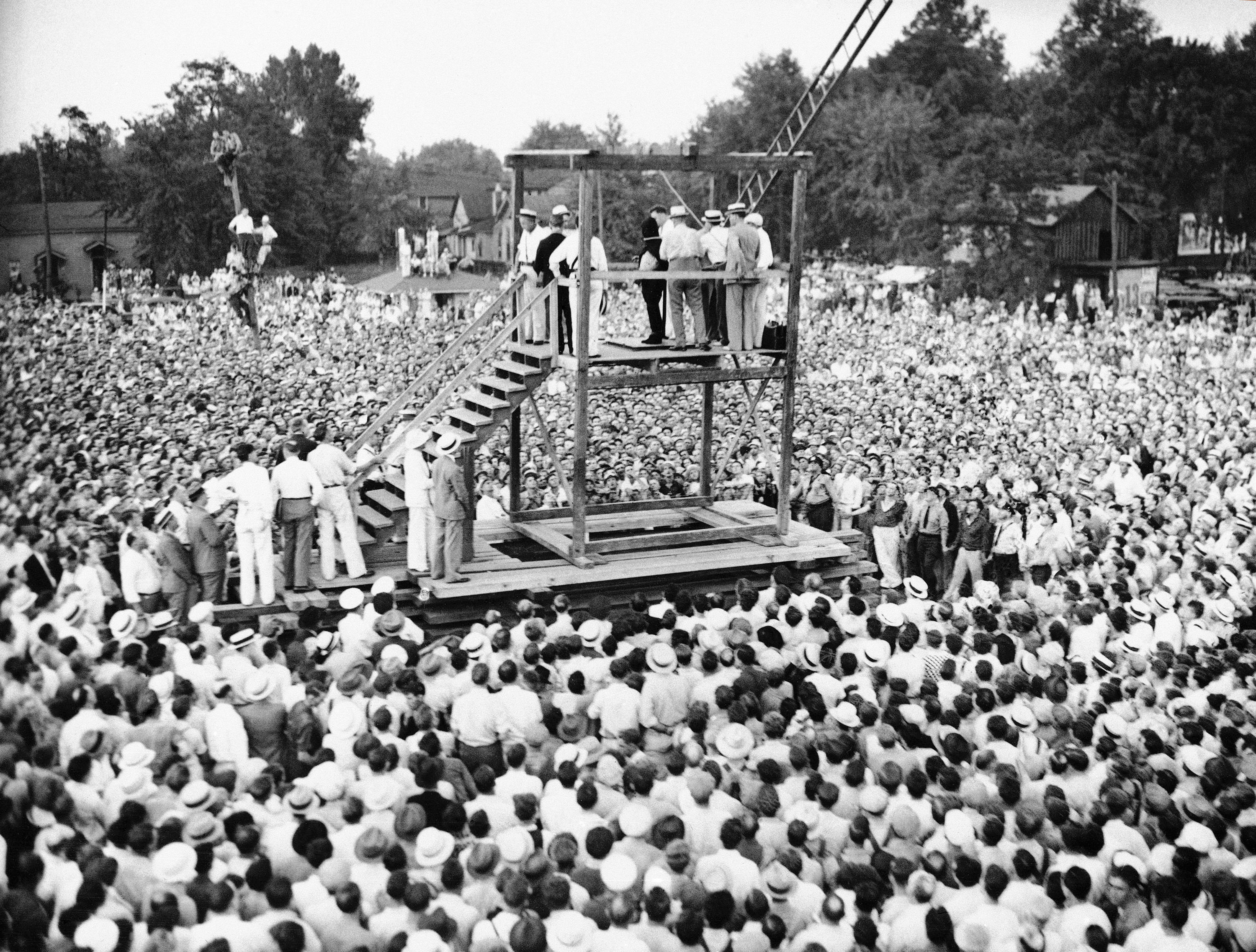Spectacle of Justice: The Public Execution Era
Public Hanging Day in Early United States
From the Western frontiers to the inner cities, execution day was a major public event found in nearly every part of the United States. These demonstrations of justice drew crowds of hundreds to even thousands of spectators. A condemned prisoner's final day typically began with religious services in the jail, followed by a solemn procession through city streets to the gallows. Crowds would gather hours in advance to secure the best viewing positions. Local businesses often closed, treating execution day as a public holiday.
These executions followed careful choreography. The condemned, accompanied by clergy, would make their way to the scaffold while hymns were sung. Prayers and sermons often focused on the consequences of sin and the power of redemption. The prisoner was usually granted a final speech—an opportunity that many condemned took to plead innocence or justify their actions.
Perhaps the most famous final speech of this era of United States history was that of John Brown.
On October 16th, 1859, John Brown led a group of twenty-one abolitionists to raid the U.S. arsenal and armory of Harpers Ferry, Virginia. Soon after, US troops led by then Colonel Robert E. Lee had surrounded armory with Brown and his men inside. Now captured, Brown was tried in a Virginia court and sentenced to hanging for the raid and previous crimes including his role in leading the Pottawatomie Massacre three years prior. Before his execution, Brown was permitted to make a speech which was later transcribed and published in abolitionist newspaper, the Liberator.
Learn more about the spectacle of public executions:
Watch Austin Sarat, in a talk at Amherst Books in Massachusetts, discuss his book Gruesome Spectacles: Botched Executions and America’s Death Penalty. The book examines botched executions in the U.S. since 1890 and questions whether current execution methods constitute cruel and unusual punishment.


